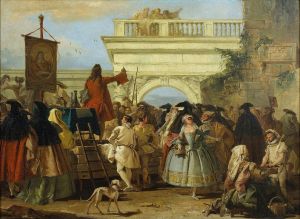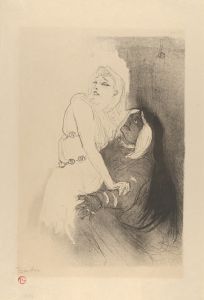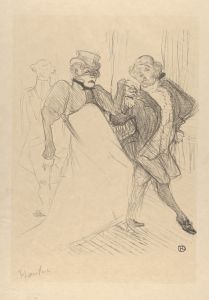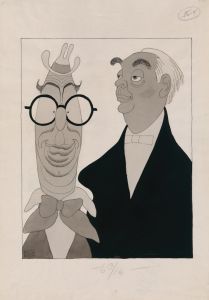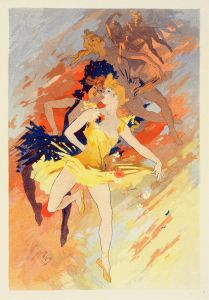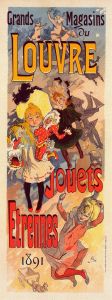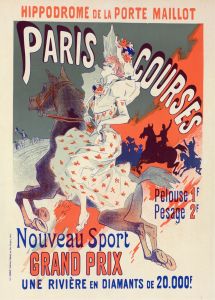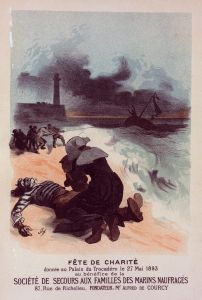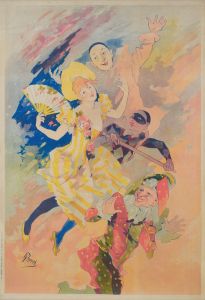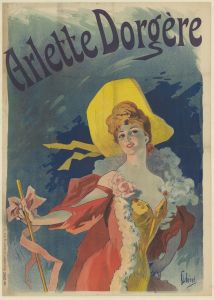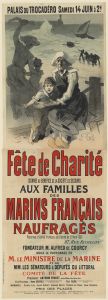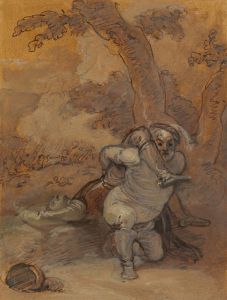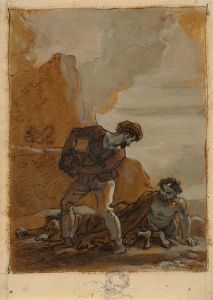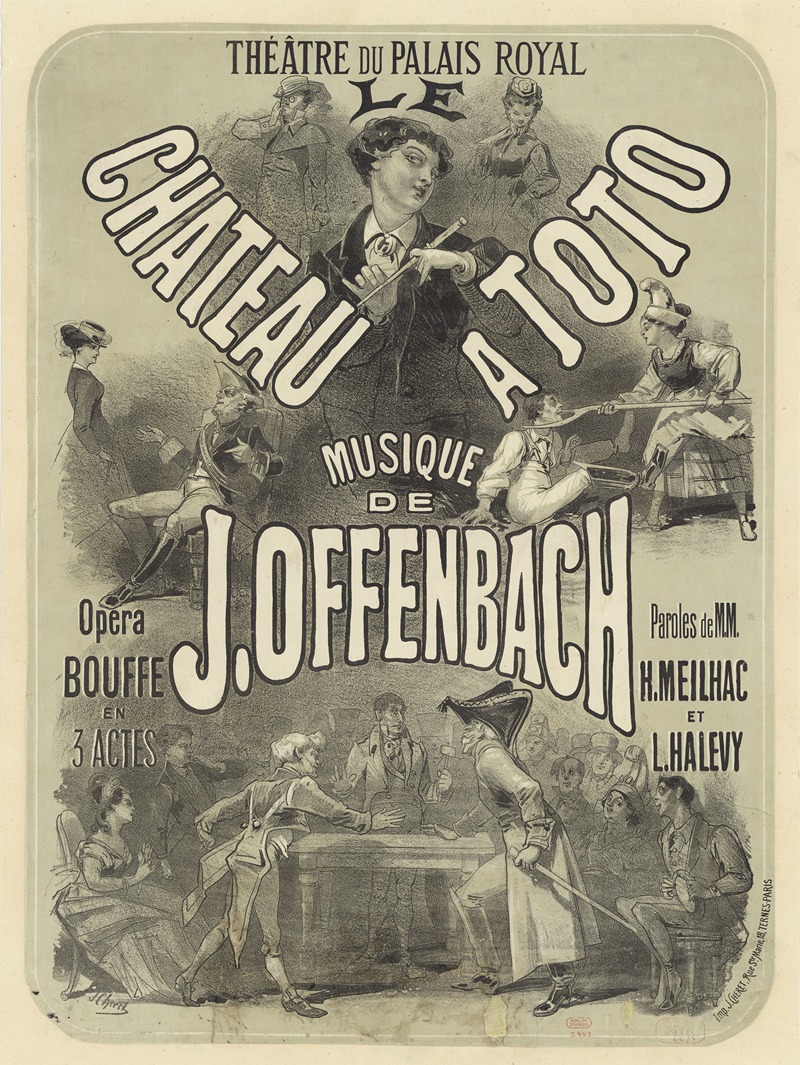
Théâtre du Palais-Royal. Château à Toto. Musique de J. Offenbach
A hand-painted replica of Jules Chéret’s masterpiece Théâtre du Palais-Royal. Château à Toto. Musique de J. Offenbach, meticulously crafted by professional artists to capture the true essence of the original. Each piece is created with museum-quality canvas and rare mineral pigments, carefully painted by experienced artists with delicate brushstrokes and rich, layered colors to perfectly recreate the texture of the original artwork. Unlike machine-printed reproductions, this hand-painted version brings the painting to life, infused with the artist’s emotions and skill in every stroke. Whether for personal collection or home decoration, it instantly elevates the artistic atmosphere of any space.
The artwork Théâtre du Palais-Royal. Château à Toto. Musique de J. Offenbach is a poster created by the renowned French artist Jules Chéret. Chéret, often referred to as the "father of the modern poster," was a pivotal figure in the development of commercial art during the late 19th century. This particular piece was designed to promote a theatrical production of Le Château à Toto, a comic operetta with music composed by Jacques Offenbach, one of the most celebrated composers of the operetta genre.
Le Château à Toto premiered in 1868 and is a lighthearted work that exemplifies Offenbach's signature style of witty, satirical, and melodious compositions. Offenbach, a German-born French composer, was a central figure in the development of operetta in France, and his works were immensely popular during the Second Empire and beyond. The operetta's libretto was written by Henri Meilhac and Ludovic Halévy, frequent collaborators of Offenbach, who were known for their sharp humor and engaging storytelling.
The Théâtre du Palais-Royal, where the production was staged, is a historic theater in Paris, France. Located in the Palais-Royal complex, the theater has been a prominent venue for theatrical performances since its establishment in the 18th century. By the time of Le Château à Toto, the theater was well-known for hosting operettas and other popular forms of entertainment.
Jules Chéret's poster for the production is a prime example of his innovative approach to poster design. Chéret revolutionized the art of advertising by combining vibrant colors, dynamic compositions, and playful imagery to capture the viewer's attention. His work often featured lively characters, elegant typography, and a sense of movement, which helped elevate posters from mere advertisements to works of art in their own right. This particular poster reflects Chéret's ability to convey the energy and humor of the operetta through his artistic style.
The poster not only served as a promotional tool for the production but also stands as a testament to the flourishing cultural scene of Paris during the late 19th century. Chéret's work played a significant role in shaping the visual culture of the Belle Époque, and his posters remain highly regarded as both historical artifacts and artistic achievements.
Today, this poster is appreciated for its historical and artistic value, offering insight into the collaboration between Jules Chéret, Jacques Offenbach, and the Théâtre du Palais-Royal. It is also a reflection of the vibrant theatrical and artistic milieu of Paris during the period.





